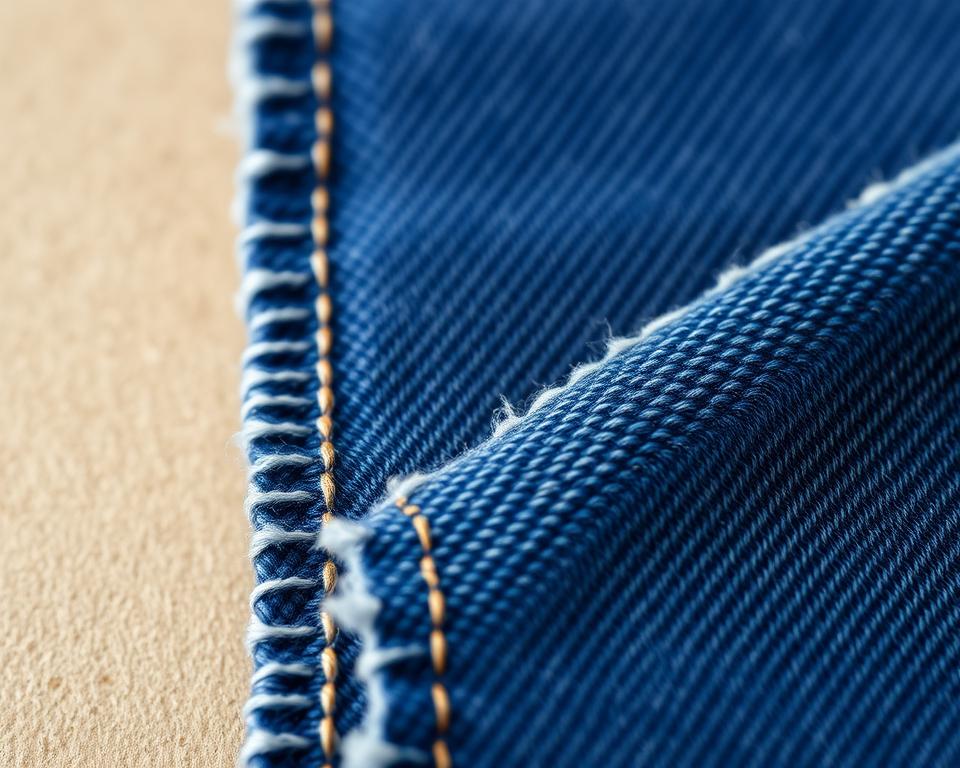Outfit Your Tesla for Success with Essential Mods
Want to upgrade your car without emptying your wallet? Now that Prime Day deals slash prices by up to 40%, there’s no better moment to upgrade. Sedan or truck, the proper gear can revolutionize how you drive with Best Tesla Model Y Juniper accessories.
Every Tesla benefits from durable all-weather floor mats. They defend against mud, spills, and damage—even in extreme weather. 3D MAXpider floor liners—2,288-plus rave reviews—deliver both form and function.
If you just got a Cybertruck, grab the Vault Divider & Storage Bundle. Unlock extra storage without sacrificing security. Plus, with free shipping and promo codes like PRIMEDAY, upgrading has never been easier.
Reasons to Add Accessories to Your Tesla
A few accessories go a long way in enhancing both look and ride. Invest in add-ons that protect and polish your ride.
Practical & Stylish Upgrades
Turn heads with the *Model Y Juniper* blackout wheel set ($59.99). Seal in shine and stave off chips with *Tesbros PPF* ($1,999+).
- HEPA filters: Boost your air purity—perfect if you’ve got allergies.
- Durable materials: Shield your paint with scratch-proof, UV-resistant *Avery Dennison*/*3M* films.

Securing Your Vehicle
PPF doubles as protection, not just a style upgrade. Buyer feedback:
“My DIY PPF looks brand-new after a month, zero chips.”
From filters to films, these upgrades blend quality and protection seamlessly. Give your Tesla first-rate protection.
Best Interior Tesla Upgrades
Shield your interior to drive happier. Whether dirt or drinks, these liners trap mess and look great.
Heavy-Duty Floor Mats
Laser-trimmed 3D MAXpider essentials ($276.95) deliver a superior fit. Its lightweight design traps dirt and moisture, making cleanup a breeze.
Center Console Organizers
Say goodbye to lost coins. For $9.99, anti-slip trays organize cards, pens, phones. Scratch-resistant silicone liners cut noise.
Comprehensive Protection
Keep shoes off paint, luggage off trunk lining. Juniper packages include tailored sill shields.
- Trunk tips: Choose textured liners to hold cargo in place.
- Easy install: Most guards use 3M adhesive for a no-tool fit.
Amp Up Your Tesla’s Exterior
Make your Tesla pop with these exterior add-ons. Add flair and function with these upgrades.
Sport Spoilers
Sporty carbon spoilers ($139.99) refine both form and flow. Lighter wing cuts drag for a smoother ride.
- Easy install: 3M self-adhesive for tool-free mounting.
- Model-specific fit: Custom-made to match your car.
“It only took 15 minutes to install—now it’s track-ready!”
Chrome Delete Kits
Chrome delete is easy with Tesbros pre-cut vinyl. Cover shiny trim with matte or glossy finishes for a modern, cohesive look.
- Tools included: Everything you need—squeegee, cloth, guide.
- Durability: Lasts 5+ years without peeling or fading.
Wrap & Film Choices
For sturdiness, go STEK PPF (5–7 yr) or vinyl (2–3 yr). PPF hides chips; wraps let you play with color.
- PPF benefits: Scratch recovery courtesy of self-healing.
- Vinyl perks: Revamp color without a long-term wrapper.
Must-Have Tesla Accessories for Convenience
Cut time and hassle with these smart accessories. Save effort and preserve style at once.
Wireless Charging Pads
Carbon-trim wireless charger ($119.99) matches factory lines. Secure phone hold through all those twisty roads.
- Seamless design: Factory-mimic design for a seamless look.
- Fast charging: Quick charge minus the cable mess.
Hands-Free Frunk Openers
One tap and the frunk lifts itself. Fifteen-minute install with simple tools.
- DIY-friendly: Guided instructions for easy install.
- Weather-resistant: Works flawlessly in rain or snow.
Screen Protectors
Anti-glare options reduce sunlight glare, while glossy versions enhance clarity. John D. (4 out of 5) reports:
“Smooth touch, zero prints—worked like new.”
- Model-specific: Engineered for Model 3/Y refresh.
- Matte vs. glossy: Pick your finish depending on glare.
Cybertruck Upgrade Guide
A Cybertruck lets you personalize like no other. Load up or camp—add-ons that work and look tough.
Vault Division Kits
Vault Divider Kit ($99.99) converts your vault into custom sections. Rearrange panels for groceries, gear, or sports items. Pair it with the *Rear Storage & Trash Bin* for a clutter-free ride.
- Custom layouts: Reposition partitions for what you haul.
- Quick install: Tool-free attach—clicks onto L-Tracks.
Bed MOLLE Panels
Convert side walls to MOLLE organizers. Clip on shovels, first-aid, or OEM bottle opener.($19.99) Racks on top hold kayaks or tents.
“The MOLLE hooks held my recovery gear perfectly during a desert trip.”
Self-Inflating Camping Pads
The *2.5″-thick camping pad* ($129.99) inflates in 90 seconds. Puncture-proof fabric stands up to rough ground. Stows small when deflated.
- All-season use: Thermal padding for cold nights.
- Cybertruck fit: Vault-specific design.
90% off deals are fleeting—upgrade before they vanish.
Model-Specific Tesla Accessories
Fit and function optimized with model-specific parts. Juniper and Highland owners get tailored solutions.
Model Y Juniper Essentials
The *Juniper Liftgate Wrap* ($99) protects against scratches while adding a sleek matte finish. Laser-cut liners plus liftgate wrap = complete coverage. Precision-fit Juniper liners.
- Compatibility: Floor liners fit 2024 refresh models only.
- Travel packs: Bundled organizers ($199.40 value) include MOLLE panels for gear storage.
3 Highland Enhancement Pack
Center console wrap repels prints for Highland models. Raised-edge textured mats grab debris. One buyer noted:
“Not a single skid—groceries locked in place.”
Custom Parts for S & X
Upgrade older models with *HEPA filters* for cleaner air. Carbon trim upgrades dashboards and doors with luxury. For refresh models, confirm fitment before purchasing.
- Carbon trims: Choose matte or gloss.
- HEPA benefits: Filters out 99.97% of allergens.
Home Installation Guide
Self-installing cuts costs and gives you mastery. Whether you’re adding floor mats or a spoiler, proper techniques ensure a seamless finish. Use Tesbros tutorials for frustration-free installs.
Easy-to-Follow Guides
Begin with *practice PPF kits* to hone your skills. DIY pro Alan S. reports:
“The Tesbros guide made my first wrap look professional—no bubbles or misalignment.”
Sample a small section before full coverage. Spoiler installs typically take 2–3 hours.
Install Tool Kit
- Plastic pry tools: Avoid marring panels when you pop trim.
- Microfiber cloths: Wipe away dust for flawless installs.
- Squeegees: Smooth out films without creases.
Common Installation Mistakes to Avoid
Bubbles come from hurried installs. Commit every segment fully before the next. Confirm precise fit for each model to seal gaps.
Careful prep plus patience yields pro installs. Crowdsource fixes in DIY groups.
Cheap Tesla Must-Haves
Budget add-ons (<$50) that upgrade your drive with Tesla Model 3 Highland Accessories. Under-50 items that protect and perform.
Cup Gripper Inserts
End those cup rattles. Cut-price $9.99 cup grips clamp tight, catch drips. Compared to ABS plastic, they’re quieter and easier to clean.
- 60% savings: Now just $10, down from $25.
- Material perks: Stain-proof silicone; heat-proof ABS.
Door Sill Protectors
Stop sill scrapes with $39.99 guards. Install in seconds; disappear into your trim.
- No tools needed: Gapless fit with 3M backing.
- Clearance alert: Grab matte black for $29.99 clearance.
LED Accent Lights
Switch to app-controlled LED strips. $24.99 kits give you 16 hues via an app.
“Blue lighting makes night drives feel futuristic—worth every penny.”
- Easy install: Footwell/trunk plug-and-play—no tools.
- Energy-efficient: 50% power savings compared to factory.
Top Tier Tesla Add-Ons
High-end accessories for looks and speed. Pricy but packed with premium durability and features.
Total PPF Packages
The *$2,399 STEK DynoShield Kit* offers complete paint protection. Self-heal tech erases scratches for 5–7 years of perfection.
- Cost per panel: Front panels cost $499 (hood), $389 (bumper).
- Warranty: Longer warranty: 10 years vs. 7 for others.
Cabin Air HEPA Filters
For cleaner air, *$276.95 HEPA filters* trap 99.97% of pollutants. Urban drivers and allergy sufferers rejoice.
- Replacement: 12–18 month replacement schedule.
- OEM comparison: 30% cheaper alternatives without official seal.
Carbon Fiber Interior Trims
Real dry carbon accents for a lighter, sportier vibe. Trim weight down 40% vs plastic—efficiency up.
- 14-day returns: Test-fit risk-free with included alignment tools.
- Style options: Matte and gloss variants available.
“PPF banished my gravel worries—highway runs feel smooth.”
Trusted Tesla Accessory Sources
Choose trusted sellers for the best deals and parts. Filter for retailers offering free *shipping* and price-match.
Reputable Accessory Vendors
Quality gear at Tesbros, Amazon, EVANNEX. Check out what sets each apart:
- Tesbros: Free delivery over $99 and DIY tips.
- Amazon: Speedy shipping with random deals.
- EVANNEX: OEM-grade, 1-year warrantied components.
William K. (Model 3) says:
“Tesbros bundle and service pre-delivery = ideal wrap.”
When to Score Deals
Shop on Prime Day or Black Friday for max savings. Last year, *best Tesla* floor mats dropped to 50% off. Sign up for retailer newsletters to track flash deals.
Watch for:
- Guarantee: Tesbros matches competitor pricing.
- Last-chance clearance finds.
Customer Reviews and Recommendations
Scan buyer feedback pre-purchase. 2,288+ verified Tesbros reviews applaud its durability. Avoid counterfeit *products* by checking seller ratings and return policies.
Mark your calendar:
- Cyber Monday: Expect discounts on tech like wireless chargers.
- Black Friday: Black Friday bundles on essentials.
Final Thoughts
Accessories that are both useful and chic. Guard your model from damage and boost its flair.
Now’s the time to act. Redeem PRIMEDAY through July 11 for deals. Begin with mats and organizers to protect and tidy.
Confidence guaranteed by retailer warranties. Move fast or miss out on hot items.









